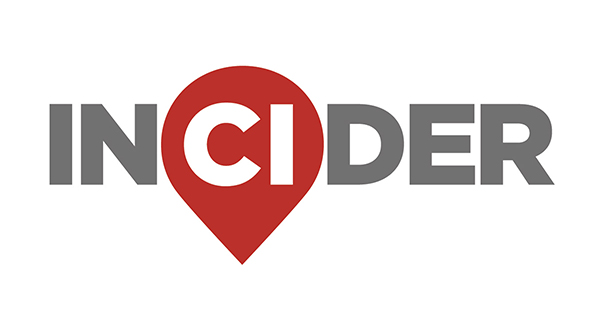Throughout April, JISD held several budget-related meetings, with the final budget proposal coming in June. Along with a voter-approved tax rate election, or VATRE, a reduction of expenditures is needed, officials stressed during the meetings.
Current situation
An initial general fund budget presented to the JISD board of trustees April 3 showed that total expenditures are $47.89 million higher than total revenue in fiscal year 2025-26. The initial budget does not take into consideration a VATRE approval or any potential expenditure reductions.
The presentation stated that total revenue from the forecasted 2024-25 fiscal year is $19.09 million more than the 2025-26 FY base budget. Expenditures as presented have increased $7.17 million from the 2024-25 FY to the 2025-26 FY budget. The opening and operating costs for two new campuses, Selma Elementary School and Cibolo Creek Middle School are adding to expenditures.
To increase revenue, Chief of Finance Larry Guerra said at the April 3 meeting that a VATRE could generate up to $23 million in district revenue if the district “maxed out” its enrichment pennies. Enrichment pennies are supplemental revenue that levy property taxes beyond the maximum compressed tax rate. A specific option mentioned was to go after $12 million in revenue for the 2025-26 FY.
The current district tax rate is $1.0346 per $100 valuation, with the maximum the district could go up to being $1.11 per $100 valuation, Guerra said.
Digging Deeper
Cost reduction options for board consideration included the reduction of pay for District of Innovation teachers, with a possible 10% reduction for the 177 teachers, saving the district potentially $925,000 for the 2025-26 FY. A District of Innovation teacher is a teacher currently working on obtaining teacher certifications.
The board and staff disagreed with this option, with Nicole Taguinod, assistant superintendent of employee and public relations, saying that there is "a lot of really great talent" in the District of Innovation group, and that every certification is different, which requires "grace" for those still in the process.
"I think that it's working, we've found a lot of great teachers [and] we don't want to lose them as they get closer to that certification," Superintendent Milton Fields added.
Two cost-saving options that received less pushback were adding responsibilities to district librarians and increasing teacher-to-student ratios in the classroom.
A move that would save the district $750,000 for the 2025-26 FY would see all librarians kept at campuses, with elementary school librarians taking on additional responsibility through Academic Enrichment Teaching, lessons that go beyond the typical curriculum. Fields said recent librarian feedback was that they wanted to teach more and be involved in enrichment services.
An increase in the teacher-to-student ratio would lead to class sizes going up by two students. This would raise the elementary class size to 23, middle school to 25 and high school to 26.
Kristin Saunders, assistant superintendent of curriculum and instruction, said that while it may not be desirable, going up to 23 students at the elementary level is not an "outlandish number." Mary Duhart-Toppen, deputy superintendent of teaching and learning, added that some middle school classrooms are already sitting at 25 students, and principals have supported increasing class sizes by two students.
Final discussion at the April 3 meeting centered on potential reduction of days for staff, as one day reduced for all JISD employees would save $933,540 in FY 2025-26, per the presentation. Board member Jose Macias said that cutting the days of teachers, nurses, librarians, counselors and instructional paraeducators is a non-starter for him, while Saunders added that all employee situations are different and cutting days for some positions and not others would complicate matters.
"We do have individuals ... that one day out of their salary could mean the difference between making a car payment, a rent payment, a house payment, so I just want us to be very careful ... not to paint everyone in these buildings with the same brush," Saunders said.
Next Steps
The board will continue to meet on budgetary matters until a final budget proposal is voted on during a June meeting.
For a VATRE, the board will have to vote in May whether to seek an election or not, according to the presentation. The district would then have to receive an efficiency audit before a November vote, with the cost to run an election and receive the audit totaling $150,000, Guerra said.





